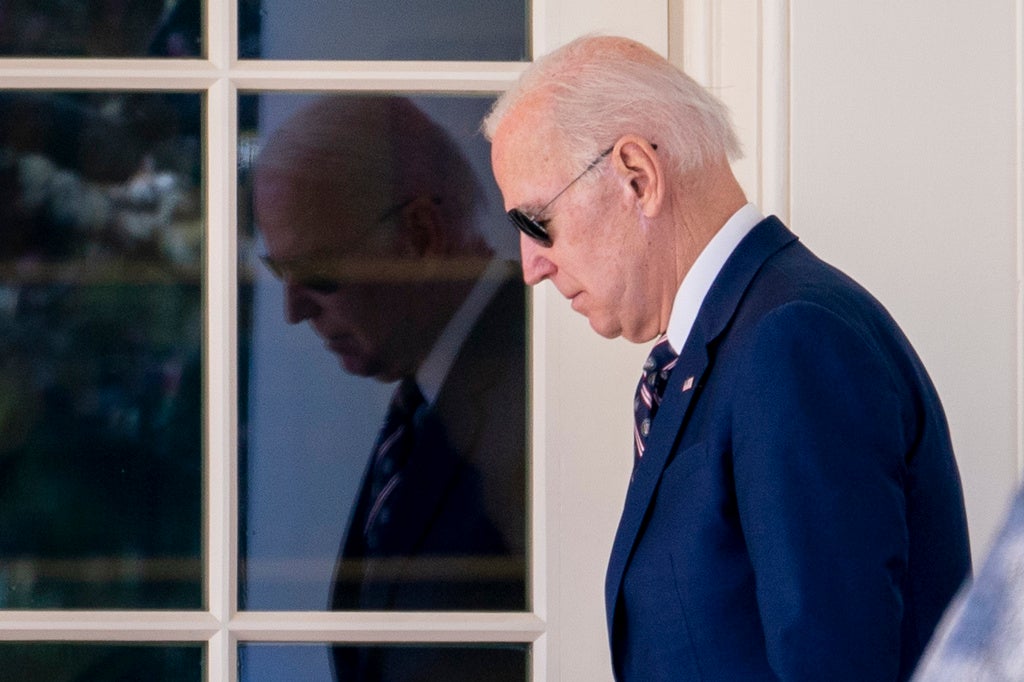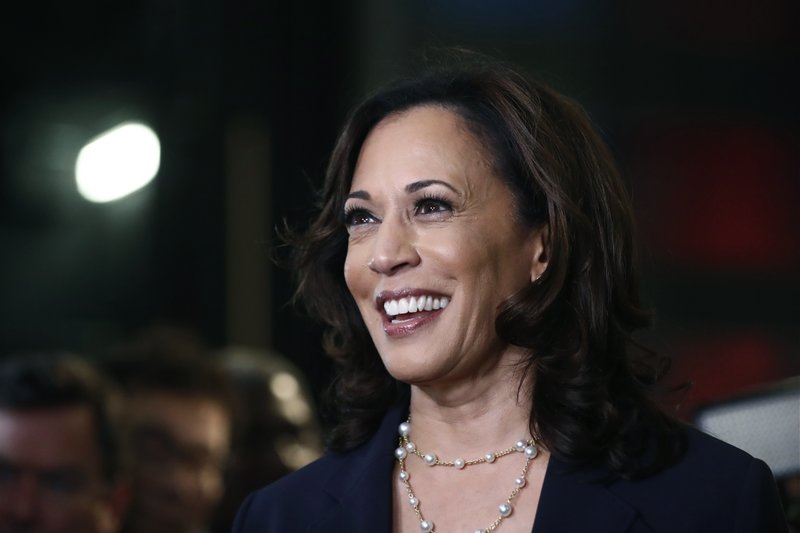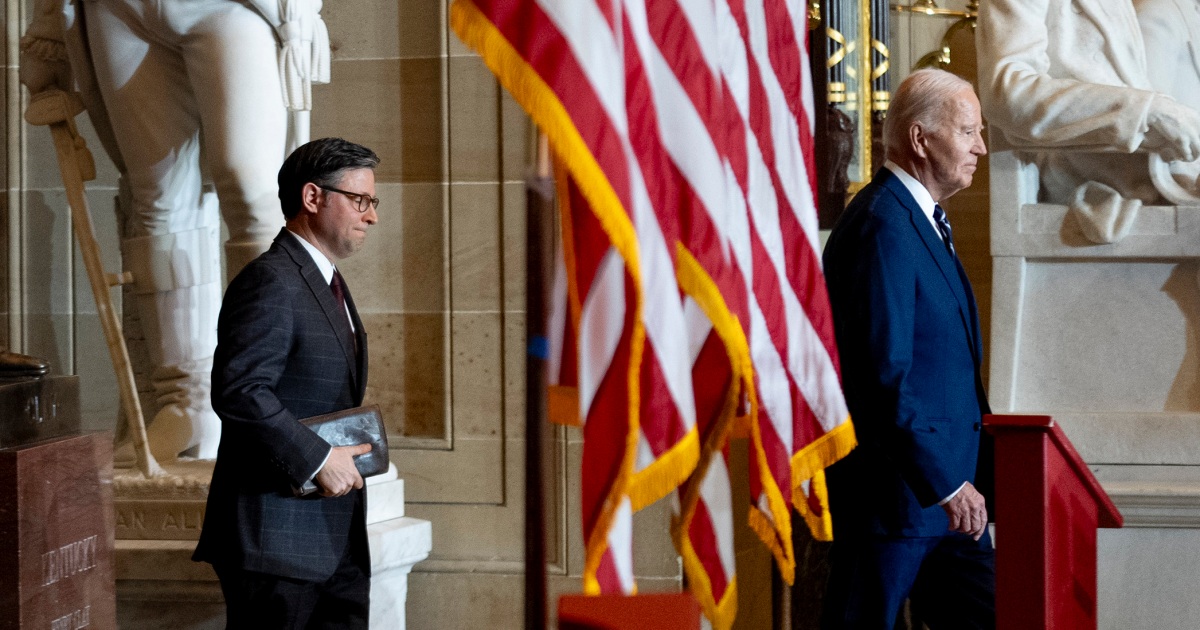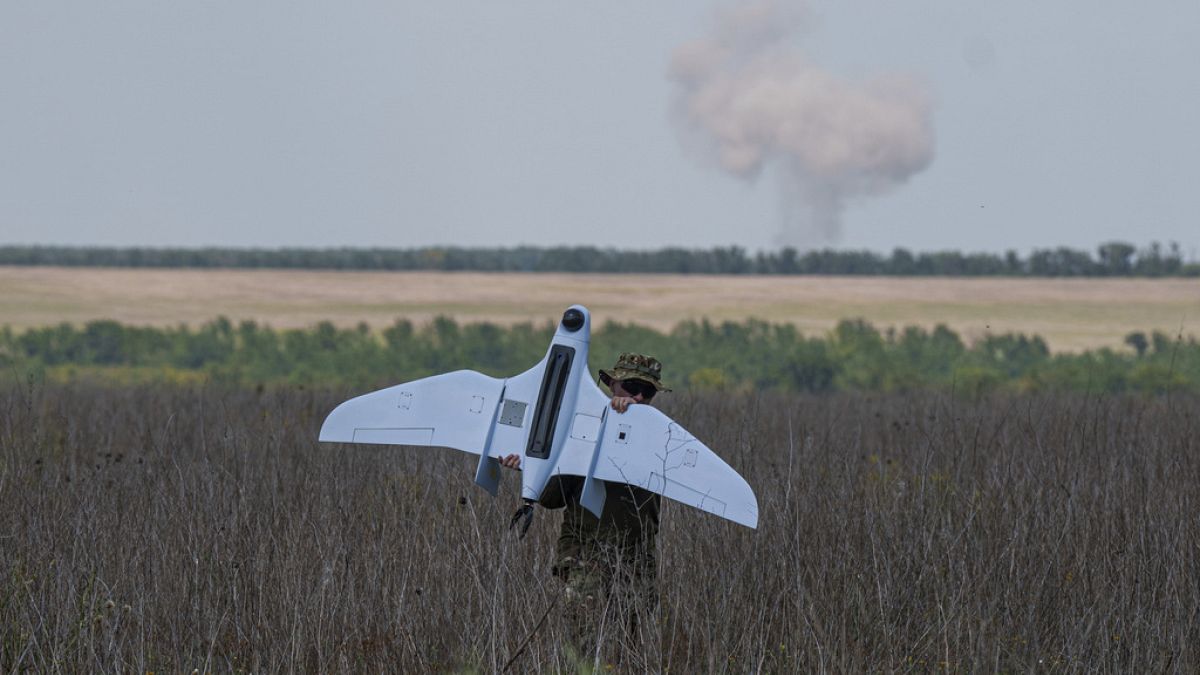North Dakota
Laws could bar kids from social media; ND lawmakers chime in
/cloudfront-us-east-1.images.arcpublishing.com/gray/DM5HEMVD2RCGBOYSOYQNK73G6Q.jpg)
BISMARCK, N.D. (KFYR) – Spending at least a few minutes per day on social media is the norm for most of us. And that’s especially true for teenagers. But some lawmakers in Congress are hoping to change that.
A bipartisan group of federal lawmakers introduced the “Protecting Kids on Social Media Act,” which would set the minimum age for social media users at 13 and restrict social media platforms from providing targeted content to teens ages 13 to 18. But even if it doesn’t pass, several states around the country are considering similar state-level laws.
Pediatric mental health experts say social media usage isn’t helping teens’ mental health.
“There’s a huge component of anxiety to it. Like, I get a notification, I want to check it right away, or just, hey, I don’t get that. Or, I’m not able to access it, and even that may give a kid anxiety,” said Cody McCormick, ABA mental health manager at Pediatric Partners in Bismarck.
That’s why federal lawmakers introduced a bill to keep young kids off apps like Facebook, Instagram, and Tiktok.
“Making young people feel the very ways that we as parents and as a society don’t want them to feel is built into the business model,” said Senator Brian Schatz, D-Hawaii.
At the state level, Utah passed House Bill 311 and Senate Bill 152, which set social media curfews for anyone under 18 and restrict social media companies from targeting kids. Lawmakers in Bismarck have indicated it might be something to consider.
“We need to really move ahead a couple decades here and acknowledge this [phones and social media] is the threat to our young people,” said Representative Alisa Mitskog, D-Wahpeton.
However, although elected officials see an issue with social media usage, the ones Your News Leader has spoken to believe it’s not something that should be addressed at the state level.
“The people that should be in charge of what their kids consume should be the parents. And so, when we start getting government involved in trying to decide how kids should be taught, what they should be taught, what access they have to information or not, really has to land with the parents,” said Governor Doug Burgum, R-North Dakota.
“Any statewide solution is set up for failure. Because of interstate commerce, we’re one of fifty states, not to mention it is a global challenge. It has to be addressed at the federal level. But it is a very serious conversation that has to happen,” said Representative Corey Mock, D-Grand Forks.
Any new bills in North Dakota would be introduced in 2025.
Another state taking aim at social media is Montana. Last month, the Montana Legislature banned TikTok over concern about the company’s possible connections to the Chinese government.
Copyright 2023 KFYR. All rights reserved.

North Dakota
Huskers add top recruit in North Dakota to 2025 class

LINCOLN, Neb. (KLKN) – Matt Rhule and the Nebraska football staff got commitment No. 17 in the 2025 class on Sunday, adding four-star defensive lineman Kade Pietrzak.
The highly sought-after recruit from West Fargo, North Dakota, is the No. 1 recruit in his state and chose Nebraska over Oklahoma, Kansas State and Wisconsin.
Pietrzak checks in at 6-foot-5, 240 pounds and has been on Rhule’s radar since he was hired at Nebraska.
He will join two other defensive linemen in the class of 2025: Omaha North’s Tyson Terry and Malcolm Simpson from Texas.
Pietrzak is the second-highest rated recruit for Nebraska in this year’s class so far behind Simpson.
COMMITED‼️@HuskerFootball @CoachMattRhule @Coach_Knighton @HuskerCoachTW
#GBR pic.twitter.com/SAXF1FOQ2J— Kade Pietrzak (@KadePietrzak) July 21, 2024
North Dakota
North Dakota Superintendent Helping Schools Develop AI Guidelines

North Dakota School Superintendent Kirsten Baesler announced new state guidance on artificial intelligence (AI) designed to assist local schools in developing their own AI policies and to help teachers and administrators work more efficiently.
A group of educators from North Dakota schools, the NDDPI, the Department of Career and Technical Education, and state information technology agencies created this guidance, which is available on the Department of Public Instruction’s website.
Baesler emphasized that implementing AI, like any instructional tool, requires careful planning and alignment with educational priorities, goals, and values.
She stressed that humans should always control AI usage and review its output for errors, following a Human-Technology-Human process. “We must emphasize keeping the main thing the main thing, and that is to prepare our young learners for their next challenges and goals,” Baesler said.
Steve Snow and Kelsie Seiler from the NDDPI Office of School Approval and Opportunity highlighted that the guidance was drawn from various state education agencies and technology websites, such as Code.org and TeachAI.org, with the process taking about eight months.
“We had a team that looked at guidance from other states, and we pulled pieces from different places and actually built guidance tailored for North Dakota students,” Snow said.
Seiler explained that AI excels at data analysis, predictive analytics, and automating repetitive tasks but lacks emotional intelligence, interdisciplinary research, and problem-solving abilities.
Snow added that AI can help teachers design lesson plans aligned with North Dakota’s academic content standards quickly and adjust them for students who need more support. AI can also simplify the development of personalized learning plans for students.
“You have so many resources (teachers) can use that are going to make your life so much easier,” Snow said. “I want the teachers, administration, and staff to get comfortable with using (AI), so they’re a little more comfortable when they talk to kids about it.”
Seiler noted that the NDDPI guidance is not a “how-to” manual for using AI but offers general suggestions on developing local policies to leverage AI effectively.
“Our guidance is meant to provide some tools to the school administration and say, ‘Here are some things to think about when you implement your own AI guidance,’” Snow said.
“For instance, do you have the infrastructure to support (AI)? Do you have a professional development plan so your teachers can understand it? Do you have governance in place that says what AI can and can’t be used for?”
8 Everyday Foods That Are Legal in Montana, Forbidden Elsewhere
These foods are easy to find on store shelves wherever you buy your groceries in Montana. However in other states they’re banned from the shelves!
Gallery Credit: Michelle Heart
Big List Of The Best French Fries In Montana
Gallery Credit: mwolfe
North Dakota
The most deadly time to drive is between Memorial Day and Labor Day

NORTH DAKOTA (KXNET) — The hundred-day span between Memorial Day and Labor Day is marked as the most deadly period on the road here in North Dakota.
According to the North Dakota Department of Transportation’s 2022 crash summary report, fatal crashes are twice as likely during this time.
That’s why North Dakota leaders are urging drivers to not fall into a “false sense of security” during the bright and cheery days of summer.
According to Travel and Leisure, North Dakota has been marked as the state with the most reckless drivers.
There’s a range of reasons for this from drunk driving to speeding. But another reason is that when the snow clears, North Dakota drivers are eager to get out more and drive faster than they would in the snow, according to the North Dakota Department of Transportation’s Highway Safety Division director.
And because North Dakota has some of the lowest citation fees in the nation, ranging from $5 to $100, the Highway Patrol’s safety and education officer says that drivers aren’t given enough deterrents to drive safely.
However, with growing concerns about safety, there could be talk of increasing citation amounts in coming legislative sessions.
-

 News1 week ago
News1 week agoVideo: Biden ‘Is a Fighter,’ Harris Says in North Carolina
-

 Politics1 week ago
Politics1 week agoTwo key states to see massive GOP voter registration operation
-

 World1 week ago
World1 week agoJapan, Germany agree to boost security cooperation in Pacific
-
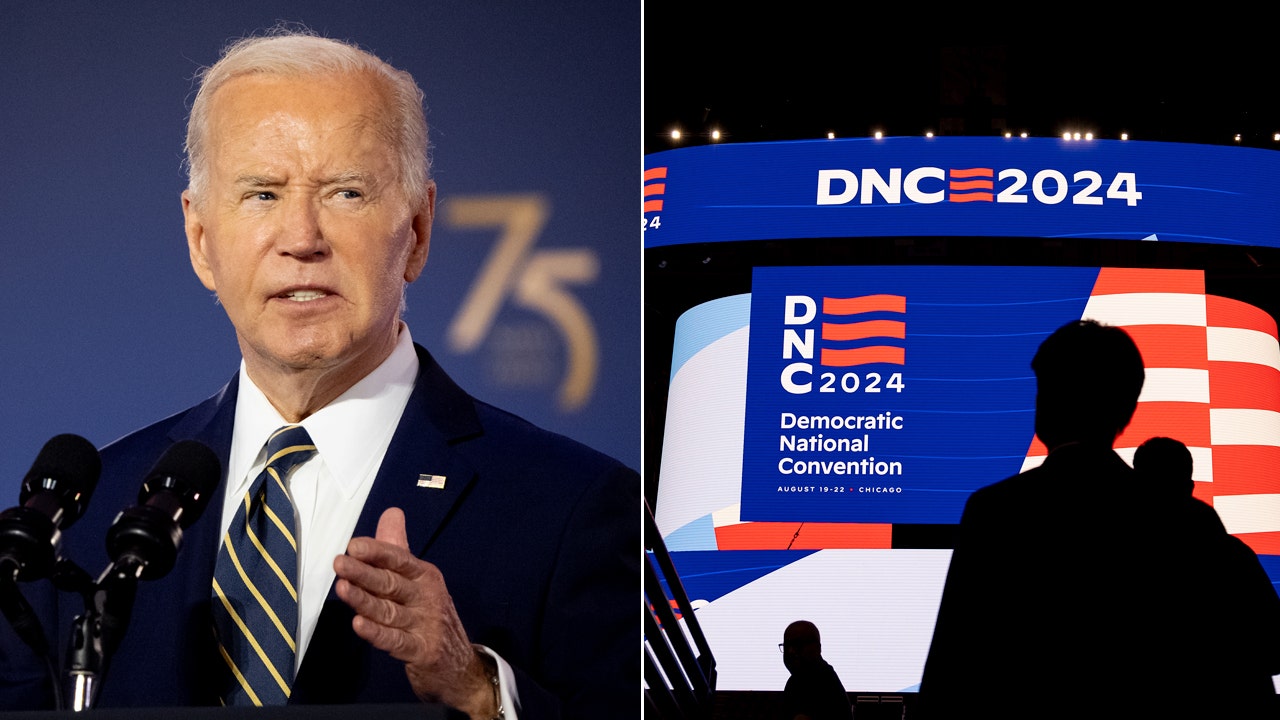
 Politics1 week ago
Politics1 week agoIs it too late for DNC delegates to abandon Biden? A look at the Democrats' nomination process
-

 Politics1 week ago
Politics1 week agoBiden says 'anyway' at least 9 times while trailing off in press conference
-

 News1 week ago
News1 week agoWhy the next president's judicial appointments will impact climate action
-

 World1 week ago
World1 week agoMore than 60 people missing after two buses swept into river in Nepal
-

 News5 days ago
News5 days agoIn Milwaukee, Black Voters Struggle to Find a Home With Either Party


